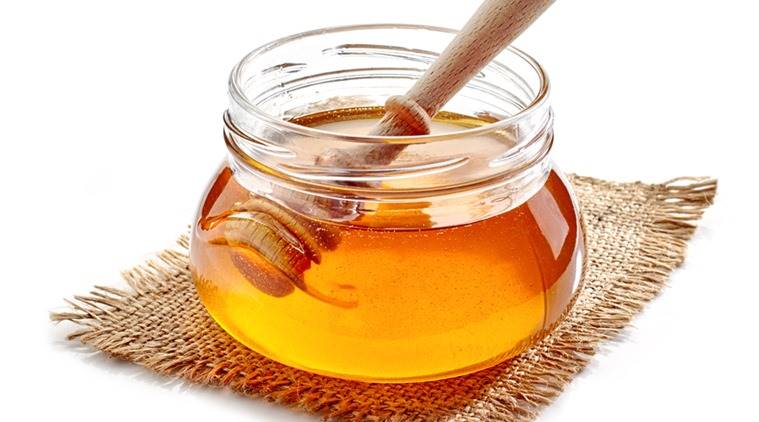- India
- International
A sweet success story: In 12 years, India’s honey production grows by 200%, exports by 207%
As per the latest data from the National Bee Board, under the Department of Agriculture, the country’s total honey production reported in 2017 - 2018 was 1.05 lakh metric tonnes (MTs), compared to the 35,000 metric tonnes in 2005-2006.
 Pollination by honeybees at vast farms and cultivable lands has increased crop yield manifold.
Pollination by honeybees at vast farms and cultivable lands has increased crop yield manifold.
WITH sustained efforts and dedicated programmes like Honey Mission in the last few years, honey production in India has seen a 200 per cent increase in the last 12 years.
As per the latest data from the National Bee Board, under the Department of Agriculture, the country’s total honey production reported in 2017 – 2018 was 1.05 lakh metric tonnes (MTs), compared to the 35,000 metric tonnes in 2005-2006. Today, India also has as many as 35 lakh bee colonies, compared to 8 lakh during 2005-2006. The number of beekeepers, beekeeping companies and honey societies has also increased and as of January 2019, the country had 9,091 registered people in the apiary business.
While the per capita honey consumption is as low as 50 grams per year in India, globally it ranges from 250 to 300 grams, with Germany topping in per capita honey consumption, with a whopping 2 kg per year. In Asia, Japan is the biggest consumer of honey, with per capita consumption of up to 700 grams per year.
With international demand for honey growing, India exports 50 per cent of the commodity and, in the last 12 years, exports have increased by 207 per cent.
“Alongside production of honey, exports have also increased in recent years, with Germany, US, UK, Japan, France, Spain and Italy being the main markets. India, during 2017 – 2018, exported a total of 51,547 (MTs) whereas the exports were 16,769 MTs during 2005 – 2006,” according to data from the National Bee Board.

The government plans to set up an Integrated Beekeeping Development Centre (IBDC) in every state and so far, there are 16 such IBDCs at Jammu and Kashmir, Haryana, Uttarakhand, Himachal Pradesh, Delhi, Punjab, Uttar Pradesh, Madhya Pradesh, Bihar, Manipur, West Bengal, Tripura, Arunachal Pradesh, Andhra Pradesh, Tamil Nadu and Karnataka.
Importantly, pollination by honeybees at vast farms and cultivable lands has increased crop yield manifold. Agriculture experts say the additional yield obtained after pollination is 15 to 20 times more than the money generated from the hive products. It has been proven that legumes, vegetables, fruits and other crops give better yield, ranging from 50 per cent to as high as 6,000 per cent, when crops are pollinated. (See box)
As per the latest government estimates, large-scale employment in the beekeeping sector is estimated to generate 3 lakh man-working days by maintaining 10,000 bee colonies. “Even with 100 bee colonies, the annual income can range between Rs 3 and Rs 5 lakh. Besides, 75,000 man-days of employment in indirect form, like manufacturing appliances and bee boxes, can be generated,” stated the data.
But climate change is beginning to impact beekeeping as honeybees in India are being hit by diseases and the recent harsh winter has affected nectar secretion in many parts of India.
“Bee eaters (a group of birds that feeds on bees) are commonly found in Himayalas and thrive during winters. But, during the winter of 2018, severe cold led to the migration of these bird bee eaters to warmer areas, such as Maharashtra and Andhra Pradesh. This led to the loss of Apis Mallefera bees, as they are slow fliers that were eaten up by these Himayalan invader birds, thereby affecting the pollination in these states,” said Lakshmi Rao, assistant director, Central Bee Research and Training Institute, Pune.
Reports on these birds attacking rubber plantations along Sindhudurg, Ratnagiri and Sawantwadi too have emerged during the season, showing the extent of migration that can take place due to climate change. Similarly, farmers only cultivating sugarcane in many parts of Maharashtra has limited the scope for nectar variants for honeybees, which is also not good for the beekeeping sector.
Click here to join Express Pune WhatsApp channel and get a curated list of our stories
Apr 25: Latest News
- 01
- 02
- 03
- 04
- 05








































